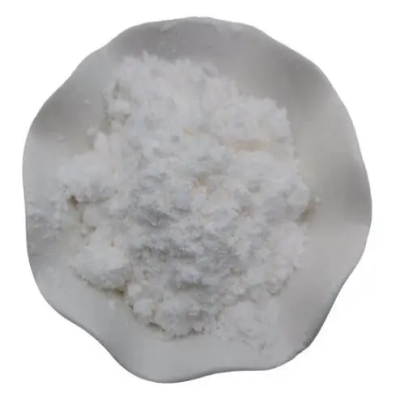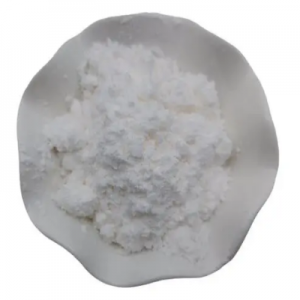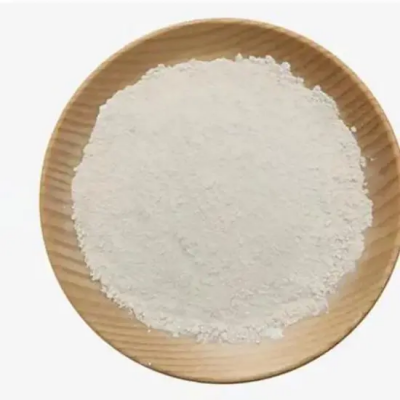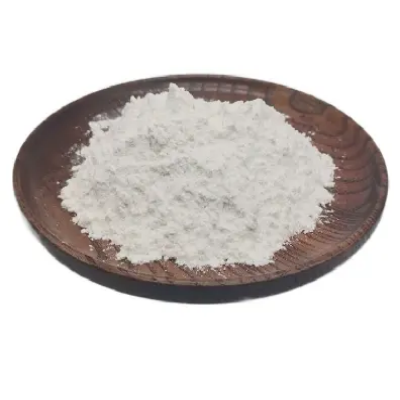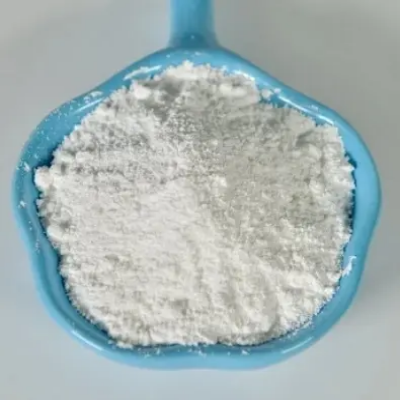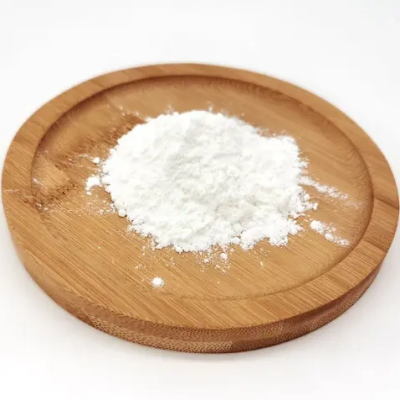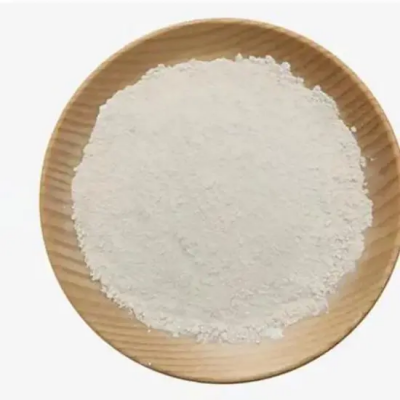4-(4-AMINOPHENYL)MORPHOLIN-3-ONE CAS:438056-69-0
Synthesized through intricate organic reactions utilizing commercially available starting materials, 4-(4-Aminophenyl)morpholin-3-one begins with reactions aimed at forming the morpholinone ring system. Subsequent steps involve the introduction of the 4-aminophenyl group, requiring precise control over reaction conditions to ensure regioselectivity and high purity of the final product. Synthetic Routes The synthesis initiates with cyclization reactions critical for establishing the morpholinone core and positioning substituents appropriately. Incorporation of the 4-aminophenyl group demands specific reagents and conditions to achieve the desired structure effectively. Chemical Properties and Reactivity The complex molecular architecture of 4-(4-Aminophenyl)morpholin-3-one dictates its distinct chemical properties and reactivity. This includes potential interactions with biological targets, making it promising for medicinal chemistry applications. Understanding its behavior is pivotal for optimizing its biological activity and exploring potential therapeutic uses. Biological and Pharmacological Significance With its intricate structure, the compound holds significant potential in pharmacology as a scaffold for designing molecules targeting specific biological receptors or enzymes. Investigating its interactions with biological systems is crucial for evaluating its pharmacological profile and developing novel therapeutic agents. Applications in Medicinal Chemistry As an intermediate, 4-(4-Aminophenyl)morpholin-3-one facilitates the synthesis of derivatives with tailored properties. Modifications around the morpholinone and aminophenyl groups can influence bioactivity, solubility, and metabolic stability, crucial for drug development endeavors. Conclusion 4-(4-Aminophenyl)morpholin-3-one emerges as a noteworthy compound in the realms of medicinal chemistry and organic synthesis, distinguished by its intricate molecular structure and potential biological activities. Its synthesis pathway and chemical properties serve as a foundation for further exploration in pharmaceutical research, emphasizing its role in advancing drug discovery efforts. Continued investigation into its reactivity and interactions with biological systems promises to uncover new therapeutic opportunities, underscoring its relevance in scientific and pharmaceutical innovations.



| Composition | C10H12N2O2 |
| Assay | 99% |
| Appearance | white powder |
| CAS No. | 438056-69-0 |
| Packing | Small and bulk |
| Shelf Life | 2 years |
| Storage | Store in cool and dry area |
| Certification | ISO. |


